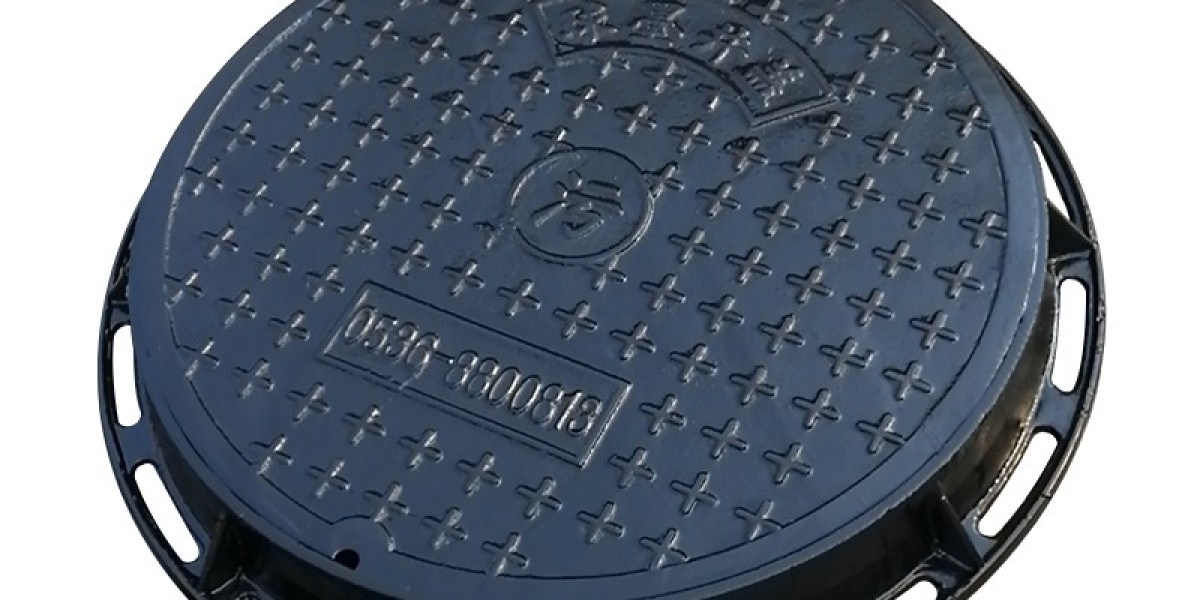When selecting gully gratings for urban drainage systems, the material choice plays a pivotal role in ensuring durability, performance, and cost-effectiveness. Three common materials for manufacturing gully gratings are steel, cast iron, and composite materials, each offering distinct advantages and limitations.
Steel gratings are often chosen for their strength and load-bearing capacity, making them ideal for high-traffic areas such as highways and industrial zones. However, steel is susceptible to corrosion over time, particularly in coastal or wet environments. To combat this, steel gratings are often coated with protective layers like galvanized coatings or epoxy finishes, but these treatments can add to the maintenance cost.
Cast iron grates, long used in urban infrastructure, offer excellent durability and are resistant to wear and tear. Cast iron’s load-bearing capacity makes it a popular choice for city streets and areas with heavy vehicle traffic. While cast iron is strong, it is also prone to rusting, and over time, it can become brittle due to exposure to moisture and road salts. In areas with harsh weather conditions, maintenance may be required to ensure longevity.
Composite materials, such as fiberglass and polymer-based composites, are a newer and increasingly popular choice for gully grating applications. Composites are corrosion-resistant, lightweight, and often made from recycled materials, making them environmentally friendly. They are also less prone to theft, unlike their metallic counterparts. However, composites can be more expensive initially, though they tend to offer cost savings over time due to their low maintenance needs and longer lifespan.
Choosing the right material for gully gratings depends on factors like environmental conditions, load-bearing requirements, and maintenance costs. By carefully considering these aspects, cities can ensure that their drainage systems remain effective and cost-efficient for years to come.



